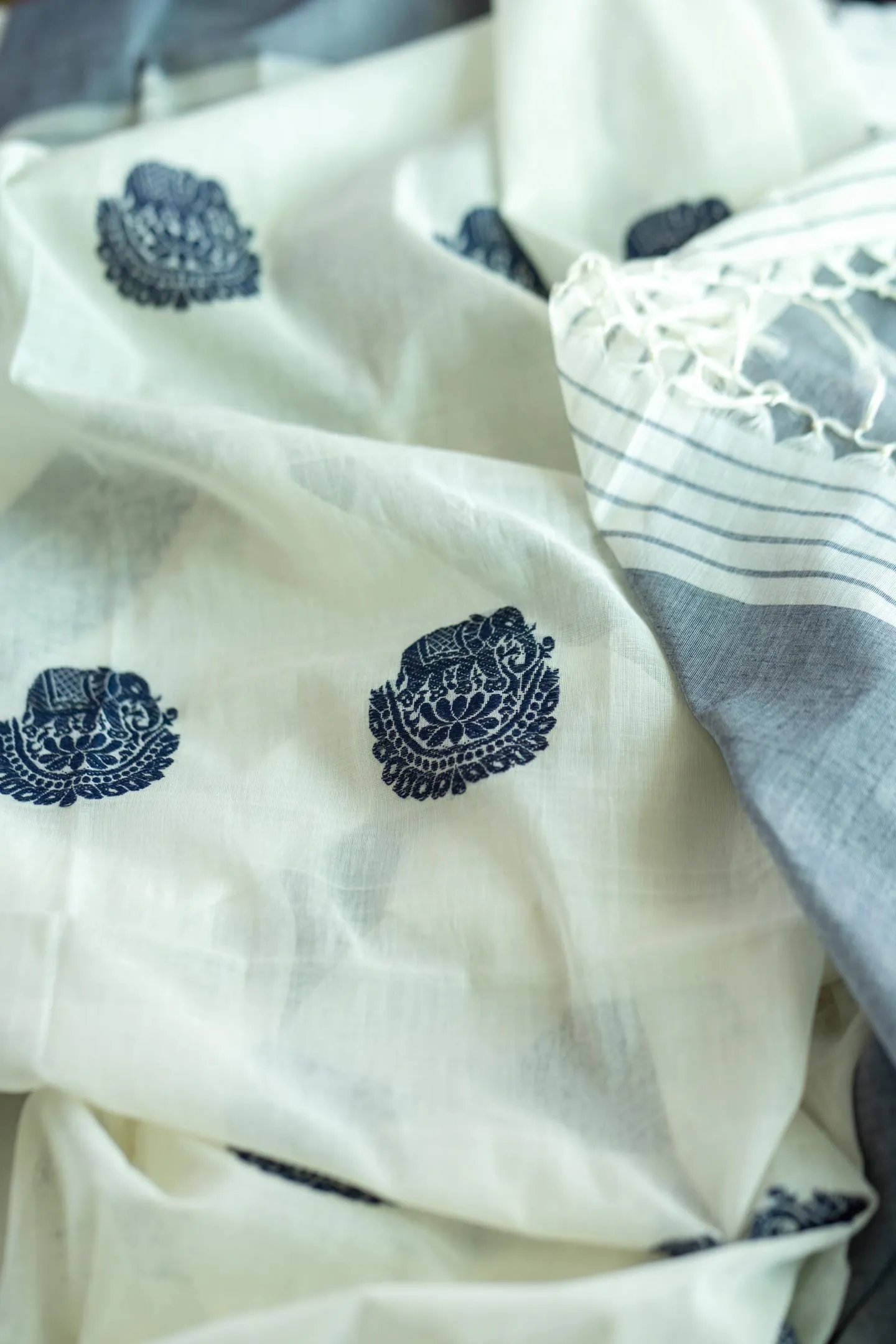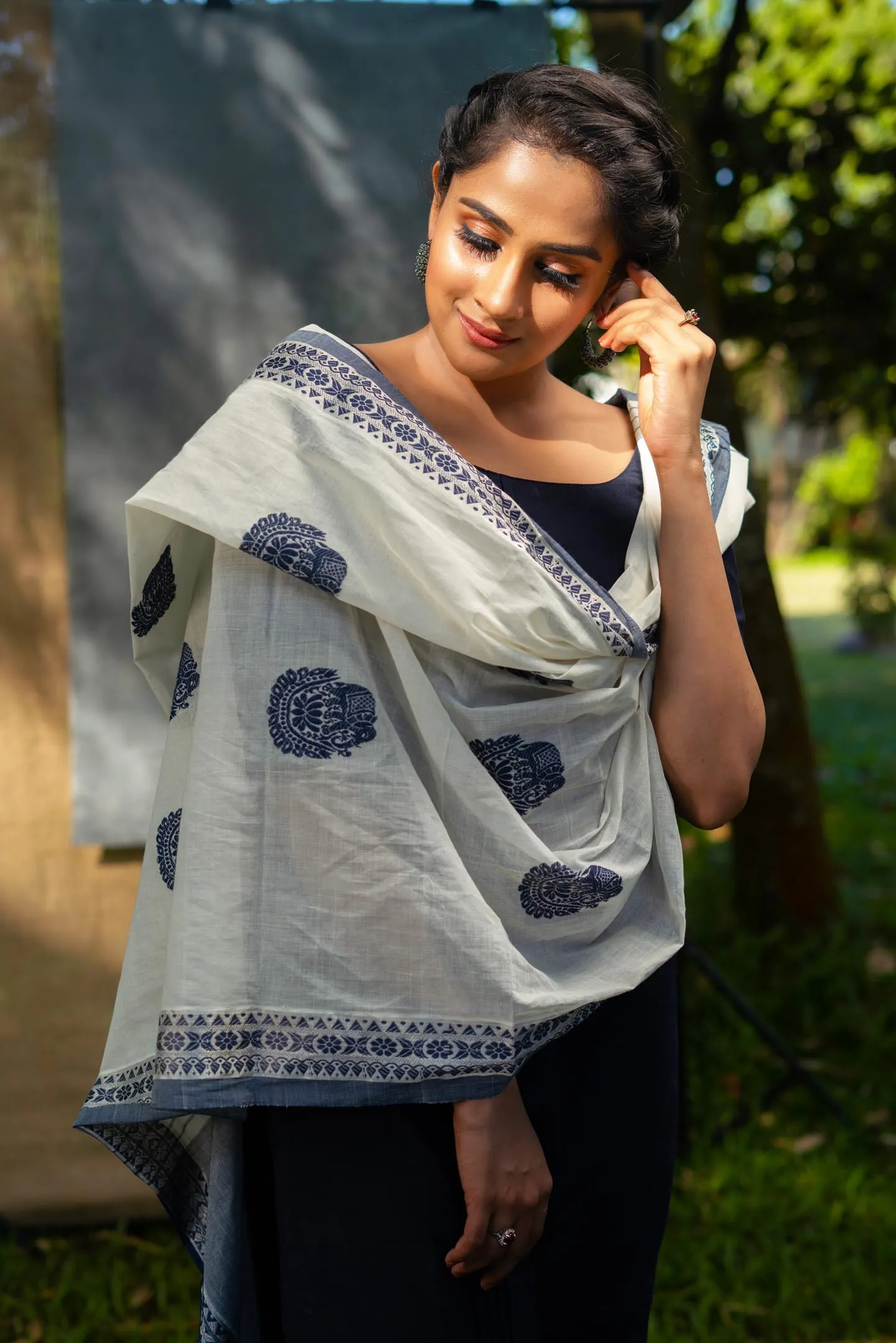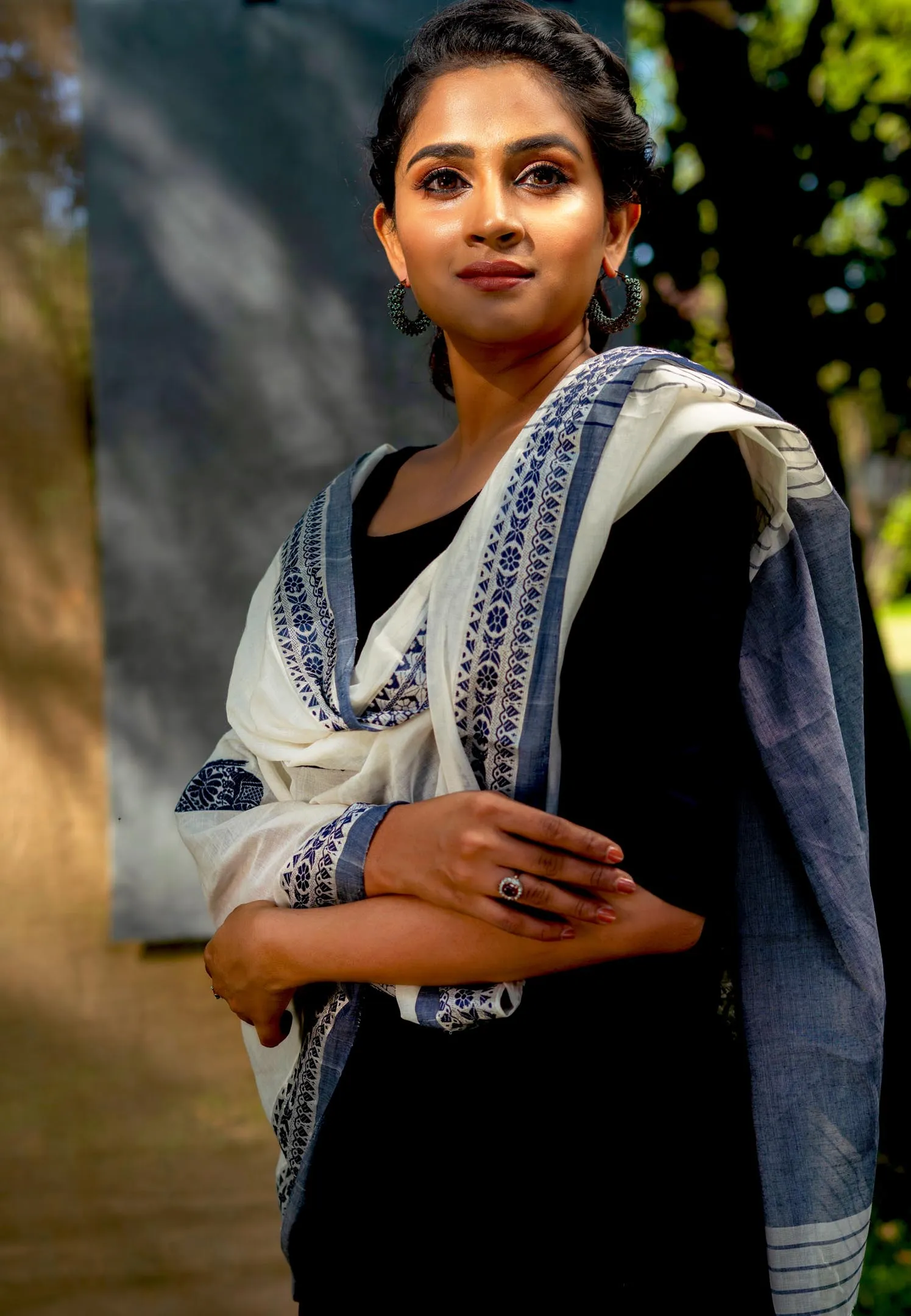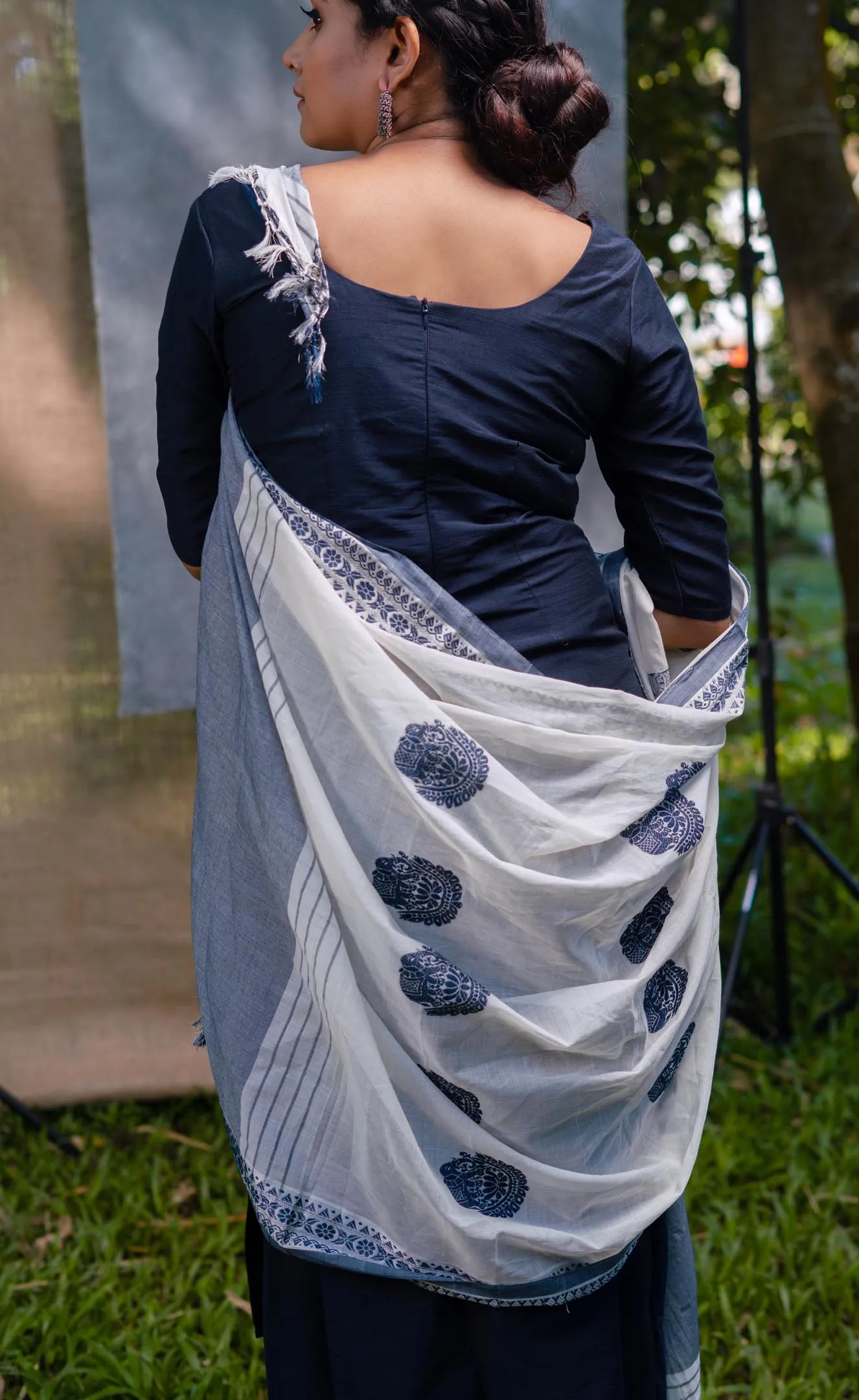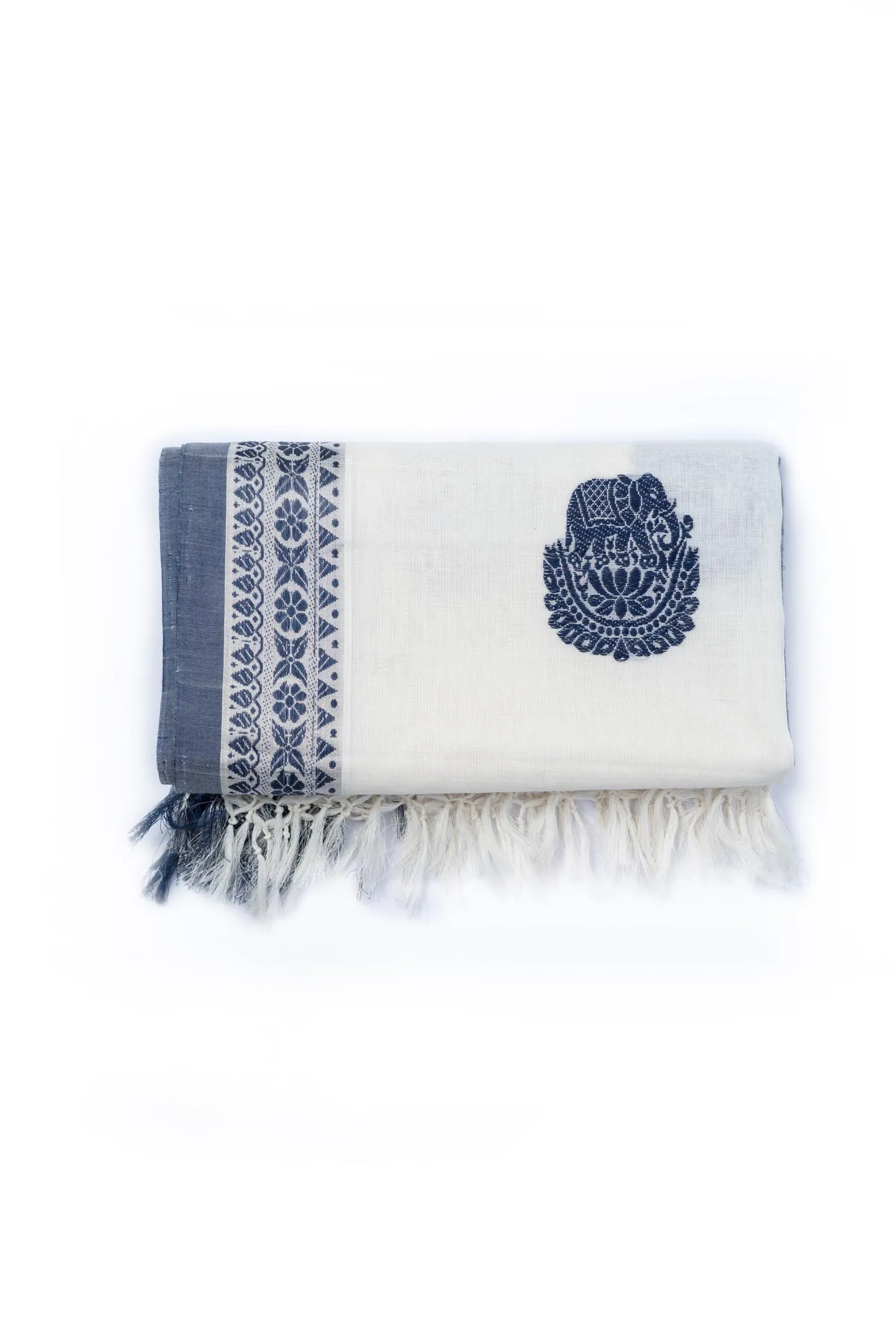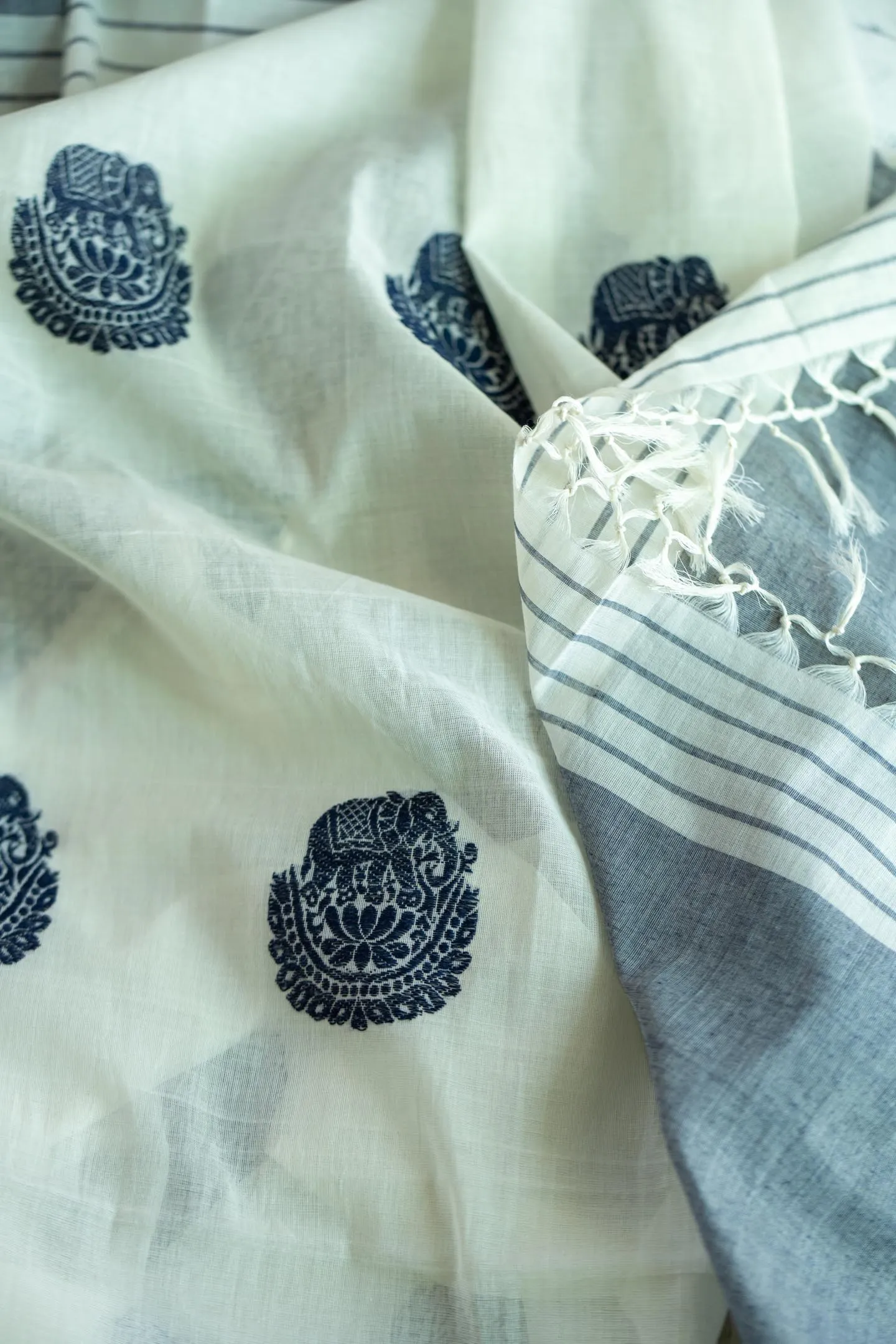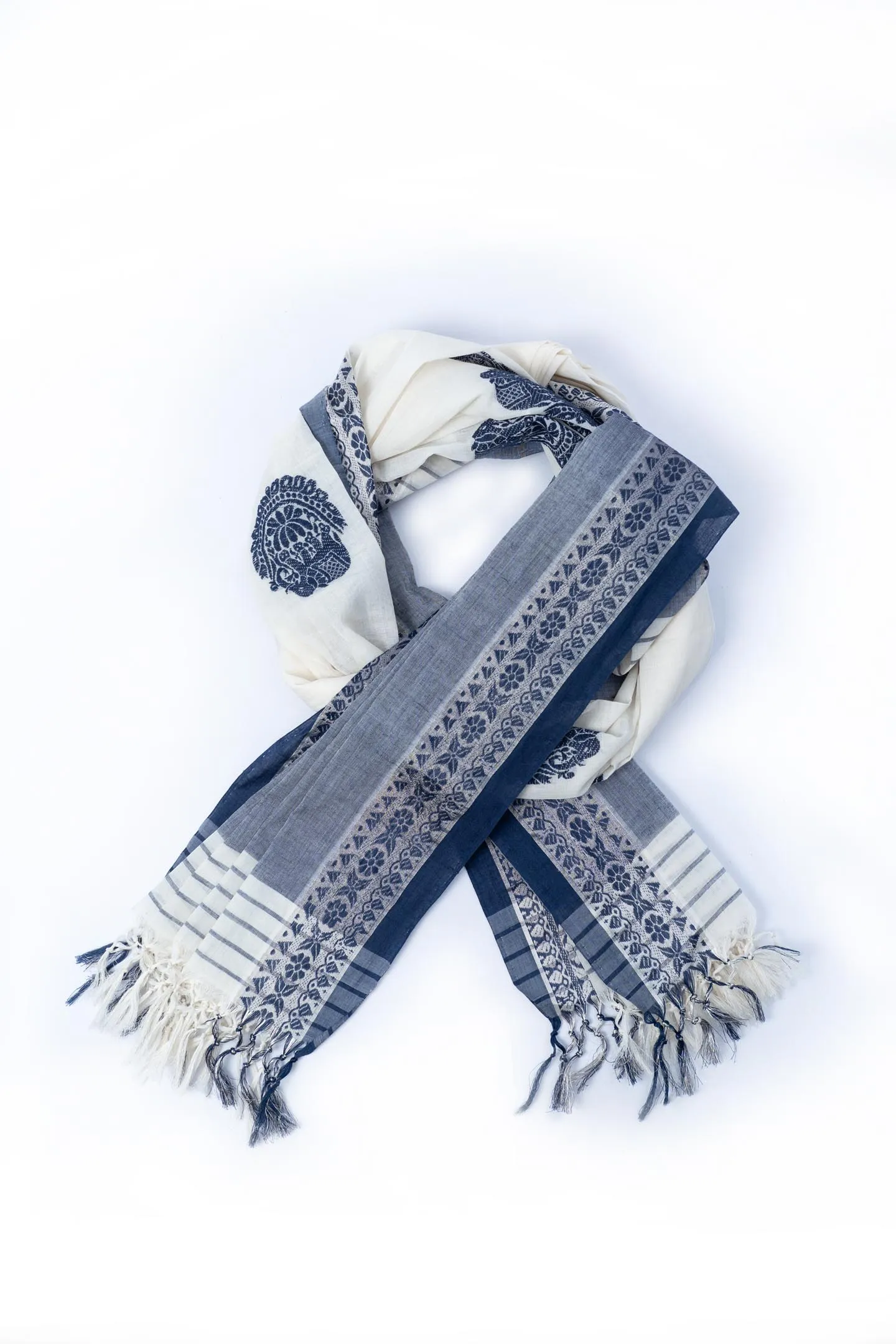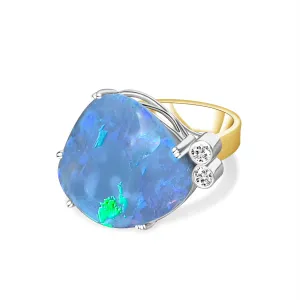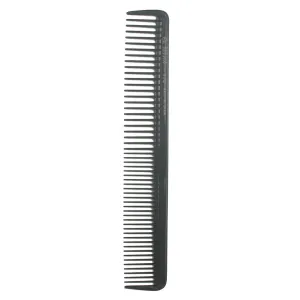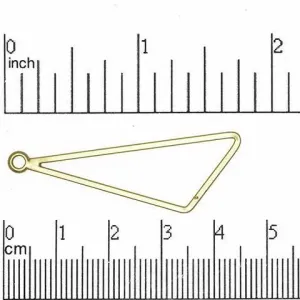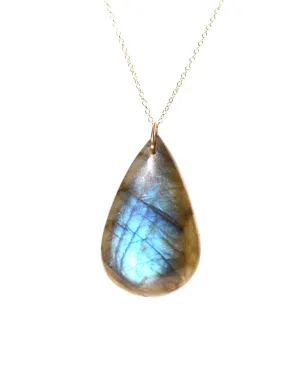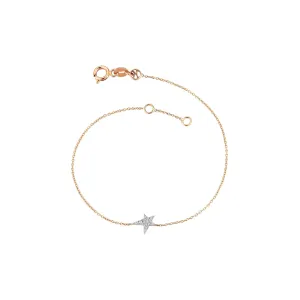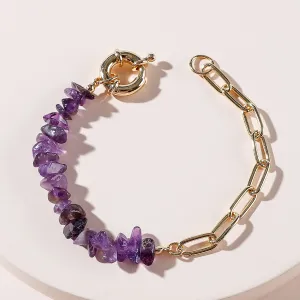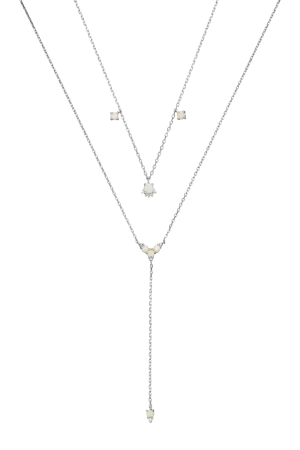Product Details
+
Our weavers from Kuthampully, a small village along river Nila, wove this piece of Dupatta. River Nila is the lifeline of this village. Weavers get a lot of inspiration from the river to decide on the designs they weave. Elephants are a common sight in and around the village, brought for the temple festivals. Saravanan, our weaver, has decided on the colour and the majestic design of jumbo woven into the Dupatta. He would like to name it "Nila" as a dedication to the mighty river that flows through their village.
Story of Weaving:
The handloom fabric is a type of fabric that is woven using hand operated looms. Two sets of interlacing yarns, the warp (length) and weft (width), are woven on a loom hand-operated by weavers. These looms do not use electricity. Human handling lends the fabrics a unique feel and renders the fabrics more value. The resultant fabric is softer, more durable and much more comfortable than machine-made fabrics. Handloom cotton is more breathable and thus feels lighter in summers and provides more insulation in winters. The dyeing process also becomes easier for handloom cotton as the colour penetration is substantially more. Hues are absorbed better thus look resplendent on handloom cotton.
The art of hand weaving is labour intensive and takes a longer time. But, the beauty it adds to the fabric is priceless. Choosing handloom cotton supports the rich weaving heritage of India and lets the weavers carry on the precious art-form to the future generations as well.





